As a gardener, it can be frustrating to see your roses without any blooms.
You’re probably checking them day and night to witness them bloom but only left with leaves and uptight buds. There are several factors why they can’t give you the flowers you’ve been waiting for.
As your roses develop, it’s only natural for them to experience external stress and pest infestations.
If you’re a beginner in taking care of roses, you probably skipped some important maintenance work in caring for your roses.
In this post, we’ll help you diagnose the problem and find out why your roses aren’t blooming as they should.
You will also learn about the behavior of certain rose species and why pruning them will only make them bloom less.
Well, let’s start running down the things that you should learn about your roses.
Q. Why Aren’t My Roses Blooming?
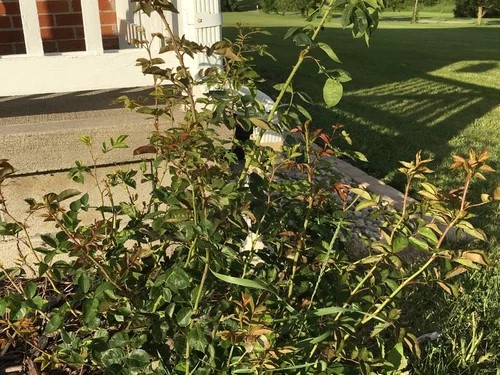
It’s unusual for flowers to not produce blooms, especially during the growing season. If they are not blooming as expected, here are the 9 possible reasons why:
#1 Too Much Nitrogen
Nitrogen is a nutrient that helps plants produce more foliage and stems. Due to the abundance of nitrogen, your roses will focus all their energy on producing beautiful and healthy leaves rather than starting with bud formation.
Though nitrogen is essential in plant development, your roses also need other nutrients like phosphorus to start producing blooms.
The NPK ratio or the three numbers (10-10-10) that you always see on fertilizer packaging will tell you about the amount of nitrogen, phosphorus, and potassium in their formula.
Usually, a better fertilizer ratio for flowering plants has higher phosphorus content or the middle number in the fertilizer ratio (3-6-2). Phosphorus plays an essential role in stimulating bud and seed formation.
Therefore, to provide your roses with the right balance of nutrients, you must opt for fertilizers made specially for roses.
#2 Pest Infestation
Roses are a common target of pests during spring and when they are under stress. Since pests usually suck the sap from their leaves, the bud formation gets disrupted and even causes the leaves to yellow.
Here are the common pests that might be preventing your roses to bloom:
Rose Aphids
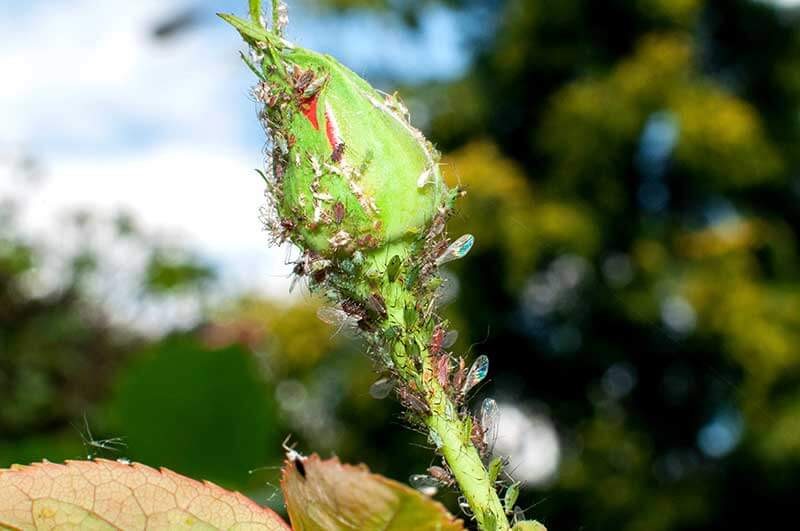
A type of aphids that attack newly formed rose buds during spring and summer. They are sap-sucking insects that can overwinter in your roses as eggs.
Some female rose aphids even have wings that allow them to move to another rose bush and feed on their sap.
You can eliminate aphids by applying a diluted dish soap solution or an organic pesticide like neem oil on your roses. Another sign that your roses are infested with aphids is the presence of ants.
Ants are commonly misunderstood as a pest in plants. However, they are only attracted to your plants because of the honeydew that aphids extract from your roses.
If you see ants around your plant beds, there’s a higher chance that they are infested with sap-sucking insects.
Root-knot nematodes
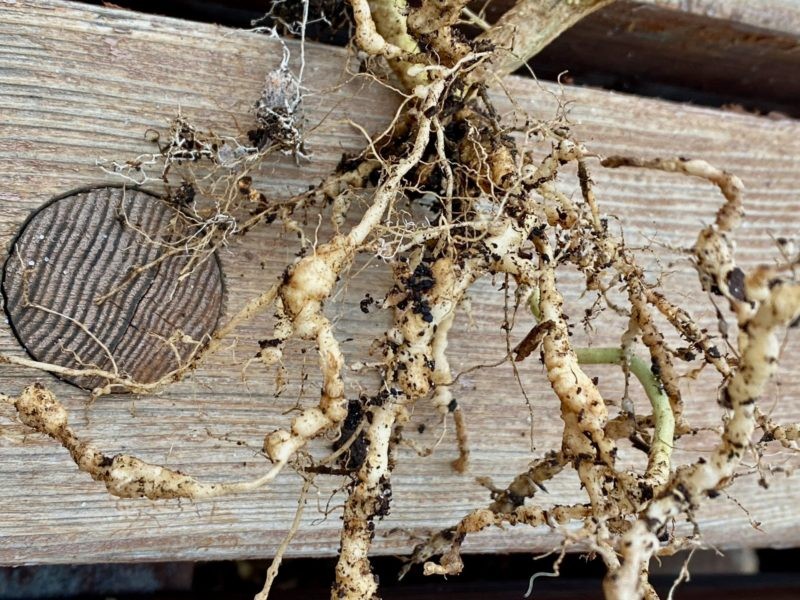
Microscopic worms that feed on the roots of your plants. The best indication of this infestation is by checking for any swollen roots or galls in your roses.
They can be hard to control and usually involve highly toxic nematicides that are not suitable for home gardens.
To treat root-knot nematodes, you can apply neem meal or the by-product of neem oil in the soil.
Neem has an active ingredient of azadirachtin that helps control pests. If the neem meal doesn’t work, it’s best to plant another variety of roses that is resistant to nematodes.
Thrips
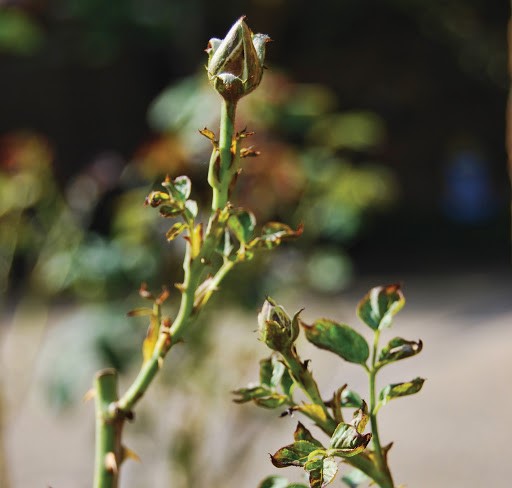
Brown insects are commonly found at the base of the buds. They can prevent your roses from reaching their full bloom and deform newly produced buds.
Common varieties of thrips known to damage roses are Florida flower thrips, chili thrips, and western flower thrips.
For you to find out if your roses are infested with thrips, check the base of the blooms where they are usually hiding. Female thrips can reproduce without a male thrip so you can expect them to grow in numbers in an instant.
Large leaf-footed bugs
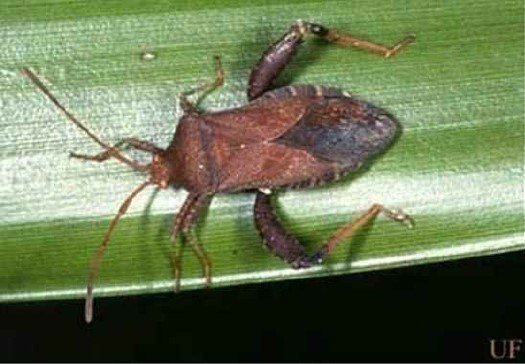
One of the damaging pests in roses that can disrupt their bud formation. These insects damage and kill back the tips of roses that affect the overall health of the plant.
Rosebud borers in roses
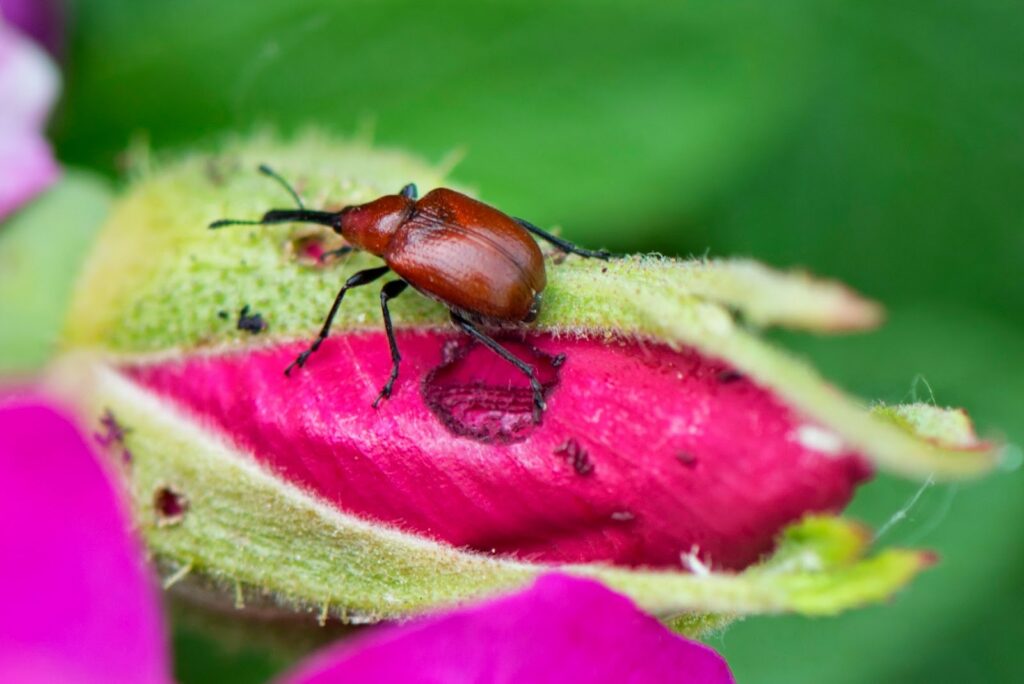
They are composed of two culprits. They are the rose weevil or the rose curculios and rose leaf beetles. They both damage your roses by creating holes in emerging rosebuds that prevent them from blooming.
#3 Lack of Sunlight
Roses need direct sunlight for at least 4 to 8 hours. Sunlight plays an essential role in plant processes such as photosynthesis.
However, some rose varieties can survive in partial shade, such as:
- Rose ‘Scarborough Fair’
- Rose ‘Kew Gardens’
- Rose ‘Lady of Shalott’
- Rosa Mundi
- Rose ‘William and Catherine’
- Rose ‘Gertrude Jekyll’
- Rose ‘The Poet’s Wife’
If your roses are not showing any sign of blooms, try changing their location. Place them where they can get plenty of morning sunlight until it sets in the afternoon. Shady areas make roses prone to fungal diseases and pest infestations.
You should also avoid planting roses too close to each other. Crowded rose bushes only make them bloom less because the sunlight can’t get through to the lower leaves.
#4 Fungal Disease
Another reason why your roses are not in good health is because of fungal disease.
A plant infected with a fungal disease puts most of its energy into fighting the disease and preserving its energy to survive.
Therefore, disrupting its overall plant development including bud formation.
Botrytis blight or gray mold
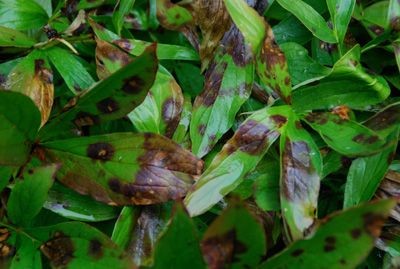
A common fungal disease that causes rosebuds to not open. It commonly spreads in humid areas when its spores spread faster.
It also attacks the leaves and the rose canes, leaving them with brown and fuzzy patches.
Blackspot
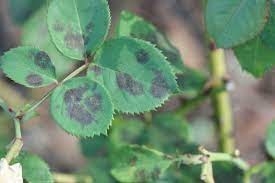
A fungal disease that may affect the overall health of your roses. The spread from the leaves to the buds that have an impact on photosynthesis.
Over time, it will weaken the plant, disrupt its growth and bud formation, and take over the plant causing it to die.
Powdery mildew
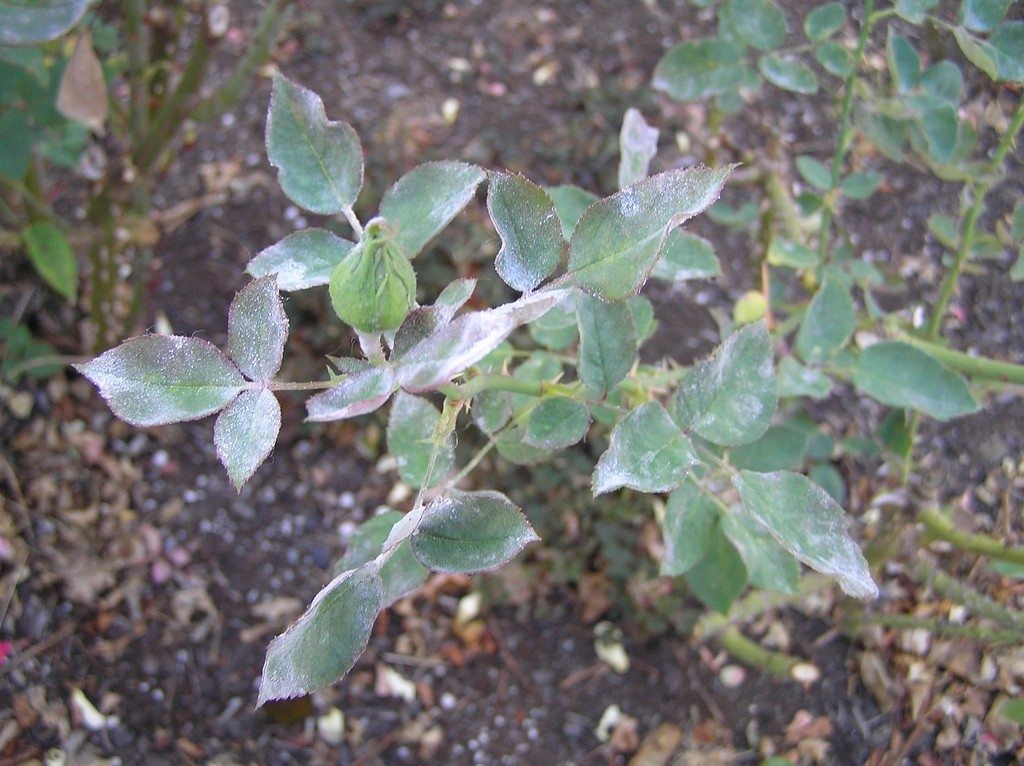
A serious disease in roses that shows as a fuzzy white mold on the leaves, stems, and buds of your roses.
It affects the quality of the blooms and even prevents them from fully setting the buds in full bloom.
Rose mosaic virus
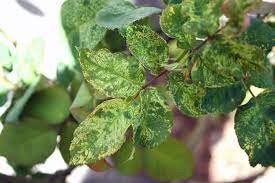
A virus that weakens the roses and impairs them to develop new leaves and produce blooms.
Though this virus doesn’t kill your roses, it can cause stress that can make them more susceptible to pest infestation and fungal diseases.
#5 Inadequate Pruning And Deadheading
Pruning is an essential part of growing healthy and beautiful blooms. It helps direct the energy of roses in bloom production instead of turning into a leggy rose bush. Prune your roses after blooming in the fall and when the leaves have grown too bushy.
Deadheading is also another routine that you can do to encourage your roses to produce more blooms. It helps the roses to reserve their energy in bloom production rather than getting rid of the old blooms.
Though some gardeners prefer the blooms to fall on their own, your roses will appreciate a little help and might even reward you with a lot of blooms later on.
Regularly pruning and deadheading your roses will also keep them looking neat and safe from pest infestations and fungal diseases.
#6 Tightly Spaced Roses
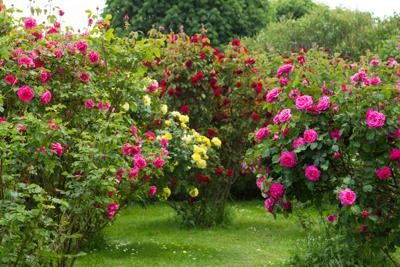
Roses that are planted too close to each other will only cause more problems as they grow.
First, they will be competing on soil nutrients that can lead to yellowing of leaves, disrupted bloom formation, and stunted growth.
Second, as they develop into a bush, there will be less air circulation that can make them more prone to fungal diseases and pest infestations.
There should be a 3-feet gap between your roses for their healthy growth.
#7 Extreme Heat and Frost
Extreme heat and frost can also cause stress in roses that may prevent them from producing more blooms.
Though there are hardy varieties of roses like knockout roses, the ideal temperature for them is at 27°C to 34.7°C.
If you live in a colder area, you may also choose to grow cold-hardy roses that handle as low as 10°F such as:
- Hybrid tea
- Grandiflora
- Floribunda
If the climate in your area is not in your favor, you may opt for a variety of roses that are hardy or can handle the extreme heat.
With the 200 species of roses, you will not run out of the best variety that will suit the climate in your location.
#8 Nutrient Deficiency
Roses, like any other plant, also need a boost of nutrients from fertilizers. General fertilizers with an NPK ratio of 10-10-10 or 14-14-14 can be beneficial for their development.
However, to boost the bud formation of your roses, you need to provide them with more phosphorus.
Here are some tips to jumpstart your roses with beautiful blooms:
- Banana peels are rich in phosphorus, magnesium, and calcium that can help your roses produce more blooms. You can crush the banana peels and bury them in the Soil or turn them into tea. Your roses will get the nutrients faster if it is in liquid form. Therefore, you make it into a banana peel tea by soaking the banana peels in water for two weeks and apply it to your roses.
- Eggshells are rich in nutrients that will improve the quality of the flowers and their cellular processes in roses. Crush them using a mortar and pestle or simply put them in a food processor to get your desired consistency.
- Bone meal is made of ground animal bones which is an instant source of phosphorus for your roses. One of the best bone meals in the market is Jobe’s Organics Bone Meal Fertilizer since it’s OMRI-listed and one of the brands that gardeners swear by.
- Manure is another organic source of phosphorus for your plants. Choose dried cow manure and place it on top of the soil to help boost their bloom production.
#9 Poor Soil Drainage and Overwatering
Roses need well-draining soil to absorb water and nutrients properly. Too much water can drown the roots and prevent them from getting enough nutrients from the soil.
To check if the soil is draining properly, water the soil twice.
On the second soil drench, observe if the water drains after an hour. If it fails to drain an inch of water after an hour, you need to improve the soil drainage.
You can add more organic matter or peat moss to make the soil less compact and allow the water to drain well.
Aside from not blooming, leaving your roses with poor soil drainage will end up in root rot.
So, make sure to check your watering routine and observe the soil drainage from time to time.
Final Thoughts
Roses that are not blooming are probably under some external stress from pests or diseases. They may also need a boost from fertilizer to get the right balance of nutrients that they need. Healthy soil is essential in growing big and beautiful roses!
Pruning and deadheading are also some of the essential plant care steps that you should add to your rose maintenance routine.
Spores of fungal diseases and eggs of pests may cling to your garden tools and become a carrier of another problem to your roses. Make sure that your garden tools are clean and sanitized while you use them.
We hope that by finding out the problem of your roses from this post, you can help them achieve the blooms you’ve been waiting for.
Let us know in the comments section below about your experience. Who knows, you might be helping another gardener in taking care of their roses.
Also, don’t forget to share our post with your friends and let them enjoy the next growing season with colorful rose blooms.
